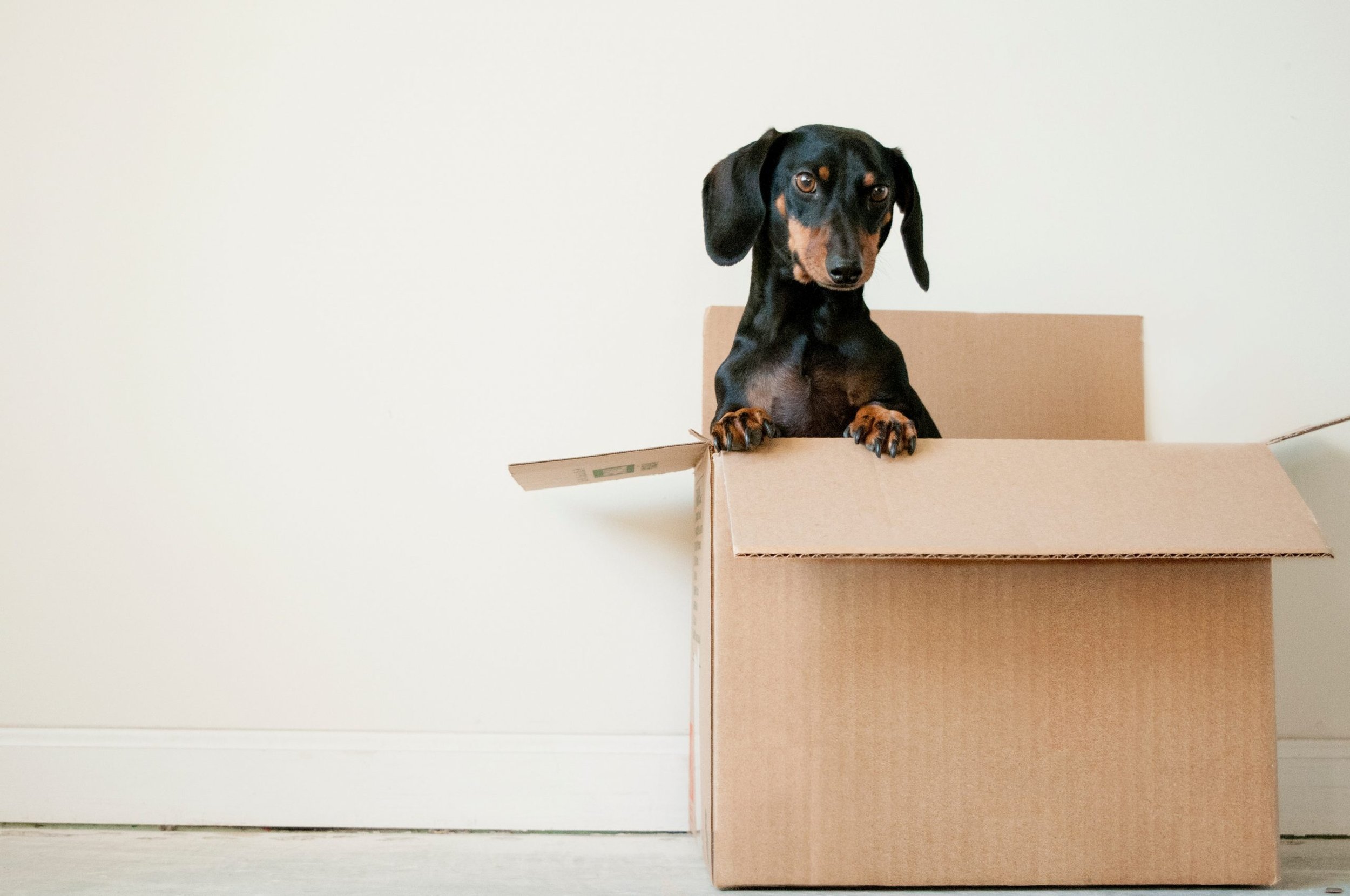How Does a Dog Feel When Rehomed?
Moving to a new environment can be challenging. The same thing goes for your new furry friend. So, if you’re adopting a pet from another family, knowing how a dog feels when rehomed can help you navigate your first few months together. Discover what your dog feels and how you can help it adjust to your home.
How Does a Rehomed Dog Feel?
Adopting a pet that has stayed with a different family can be challenging. So, it’s normal that it experiences some emotions as it adjusts to its new home. A rehomed dog can experience some of the following symptoms.
Anxiety and Fear
It’s normal for your rehomed dog to feel anxious in its new environment. The feelings of anxiety can be because it doesn’t know what to expect in its new home. The dog might bark a lot as a sign of fear.
Moving a dog to its new home in the morning might help as dogs are usually more anxious at night.
Sadness and Feelings of Loneliness
You might notice the dog has floppy ears. It might also curl up in corners to avoid socializing. These are normal as the dog is not used to its new environment. Sometimes, it may cry or whine. Also, feelings of reluctance and shyness are not uncommon.
A dog with a neglectful previous owner might also find it hard to adjust to you if you give it too much attention.
Changes in Feeding Patterns
A rehomed dog might refuse to eat whatever you give it initially. This may cause it to appear lean and sick. All you have to do is remain patient and seek help if it becomes overwhelming.
Poor Toilet Habits
Changing a dog’s environment can affect the potty training it’s had with its former owner. This phase requires a lot of patience as the dog might mess up your home for a while. Your new dog will adjust to its potty routine with time and adequate training.
How Can You Help a Rehomed Dog Adjust?
You’ll have to take some measures to make it easy for you and your rehomed dog to adapt to living together. Here are some helpful tips to guide you through.
1. Create a Beautiful Space for Your New Pet
Regardless of the size of your home, you can still create the perfect environment for your new pet. Although it might take a while for a dog to adjust to a smaller space, you simply need to create a homey environment for your dog. The idea is to make it feel loved and welcome.
2. Show Your New Pet Around
Give your new dog a tour of your house to help it get used to its new environment. Show it to the backyard, the garden, and other external parts of your home.
It would help if you didn’t overwork the dog on its first day in your house. So, you might want to spread the tour over a few days, depending on the size of your home. It would be best if you gave it its own space and time to adjust.
3. Create a Routine
Creating a routine for your rehomed dog will help it settle in fine. The routine should include time for feeding, napping, walks, potty training, and playtime.
Follow through with the routine to avoid confusing the dog. It will make your job easier and relieve the dog of some of the symptoms that come with rehoming.
4. Introduce Your New Pet to Other Family Members
Meeting every family member is vital to helping a rehomed dog adjust to its new home. A dog welcomed with love tends to settle faster. If your neighbors have dogs, you can also introduce the pets to each other. It’ll help your new pet with socialization.
5. Visit the Vet and Set up a Schedule
A visit to the vet is also important. You can learn about your dog’s allergies and medical conditions. It’ll also help you create an insurance plan in case of a severe health complication. You should also schedule regular visits to the vet for routine checks.
How Long Does It Take for a Rehomed Dog to Adjust to a New Family?
The time it takes for a rehomed dog to adjust depends on its personality, upbringing, and other factors.
The “Rule of 3” can help you understand how long a rehomed dog can adjust to a new home. This rule stands for “three days, three weeks, and three months.” This principle has helped many dog trainers and owners. Studying it will show you how much time your new dog needs to settle in.
Three Days
You can expect your dog to adjust to its new environment over three days. There will be many indications of anxiety and uneasiness throughout these initial days. Your dog will seek a cozy, dark area, avoiding eye contact and touching people.
It may be challenging to get it to eat or walk during this time, but it is also the time when things begin to feel more stable. A good sign that you’re on the right track is if these days pass without significant incidents. Common negative incidents might be the dog biting someone or destroying your property.
Three Weeks
You must spend this time getting to know your new dog and building trust with it. While it may seem like all it wants is love and cuddles, this is a great time to start training it. You can also set house limits during this time. Your dog will also begin to adjust to its routine and socialize with people.
Three Months
Your dog should adjust to its new family after three months. At this time, it’ll want you to pet and play with it. It will also want to bond with family members and might even become clingy. At this point, your dog will feel safe in your home and be used to its routine.
Get Support With Rehoming Your Pup
Every dog has a unique experience and personality. A rehomed dog might adjust to its new home in an hour, a week, or months. Be patient with your new dog, create a schedule, and give it its space to help it adjust.
At Sierra Delta, we help Veterans by empowering them with professional dog training for their Life Buddy or Service dog. We’re a non-profit organization and provide support to help you create a lasting bond with your dog. Learn more about new dogs and how they get trained on the Sierra Delta blog.

